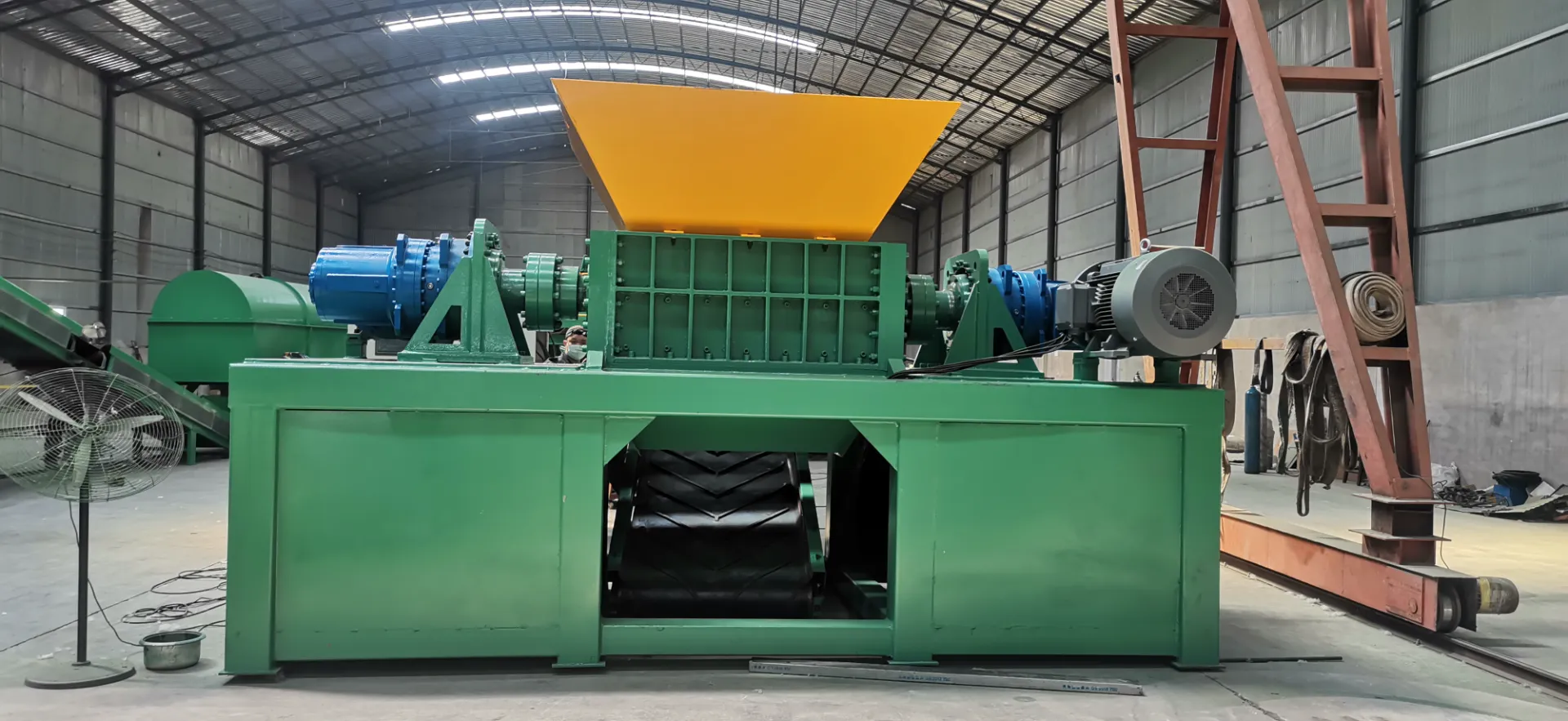
10 月 . 11, 2024 14:57 Back to list
How to Dispose of Printed Circuit Boards An Overview
Printed Circuit Boards (PCBs) are integral components of most electronic devices, serving as the backbone for connections between electronic components. While they are vital to technology, they also pose significant environmental challenges when it comes to disposal. With the rapid advancement of technology, the lifespan of electronic devices has shortened, leading to an increase in e-waste, which includes discarded PCBs. This article will explore the various methods for disposing of printed circuit boards responsibly, ensuring minimal environmental impact.
Understanding the Environmental Impact of PCBs
PCBs are made from a combination of materials, including fiberglass, copper, and various chemicals, many of which are hazardous. When improperly disposed of, these materials can leach into soil and water, posing risks to human health and the environment. Heavy metals such as lead, cadmium, and mercury, commonly found in PCBs, can cause serious health issues, including neurological damage and organ failure. Therefore, proper disposal is essential to mitigate these risks.
Recycling as a Primary Disposal Method
One of the most effective ways to dispose of printed circuit boards is through recycling. Recycling PCBs allows for the recovery of valuable materials such as metals and glass, while significantly reducing environmental impact. The recycling process typically involves several steps
1. Collection Gather unwanted electronics and PCBs from various sources, including consumers, businesses, and manufacturers. 2. Sorting Separate PCBs from other components and categorize them based on material types.
3. Dismantling Remove any components that can be reused or recycled separately, such as capacitors, resistors, and microchips.
5. Separation Advanced techniques such as air classification and flotation are employed to separate metals from non-metal components.

6. Refining Recovered metals, usually copper and precious metals like gold and silver, are refined for reuse in new products.
Recycling facilities that specialize in electronic waste can ensure that the entirety of the PCB is treated properly and responsibly. To find a recycling center, check local regulations or contact environmental organizations for recommended resources.
Manufacturers and Take-Back Programs
Many electronics manufacturers have established take-back programs to promote responsible disposal. These programs allow consumers to return outdated products, including those with printed circuit boards, to the manufacturer for proper recycling and disposal. Participating in manufacturer take-back initiatives is an efficient way to ensure that PCBs are disposed of safely and sustainably. Research any brands you use to see if they offer such programs.
Donation and Reuse
Another option is to donate working electronic devices or PCs to schools, nonprofit organizations, or community centers. Many organizations are willing to accept functioning equipment, prolonging its life and reducing overall waste. Ensuring that these devices are still operational before donating will help others benefit from technology that might otherwise end up in a landfill.
The Dangers of Landfilling
Landfilling is one of the worst disposal options for PCBs. Not only does it waste valuable materials, but it also exposes hazardous materials to the environment. Over time, landfills can leak toxic substances into the soil and groundwater, creating long-term environmental damage. Therefore, it’s crucial to avoid this method of disposal unless local regulations dictate it as the only option for severely damaged boards that cannot be recycled.
Conclusion
Disposing of printed circuit boards must be approached with care and consideration for environmental safety. Recycling is the best option, allowing for the recovery of valuable materials while minimizing hazardous waste. Embracing manufacturer take-back programs and considering reuse through donations can also contribute to a more sustainable approach to managing electronic waste. By making informed decisions, consumers and businesses alike can play a crucial role in reducing the negative impact of PCBs on the environment. It is essential for everyone to take responsibility and ensure that electronic waste does not contribute to the growing problem of pollution and resource depletion. Together, we can work towards a more sustainable future.
Latest news
Unveiling the Power of Eddy Current Separator
NewsSep.25,2024
Transform Your Home Recyclin:home metal shredder
NewsSep.25,2024
The Future of Waste Management with Recycling Line Picker
NewsSep.25,2024
The Benefits of a Metal Recycling Plant
NewsSep.25,2024
Revolutionize Material Separation with Onwang Technology
NewsSep.25,2024
Innovative Waste Management: Unveiling the MSW Sorting Plant
NewsSep.25,2024